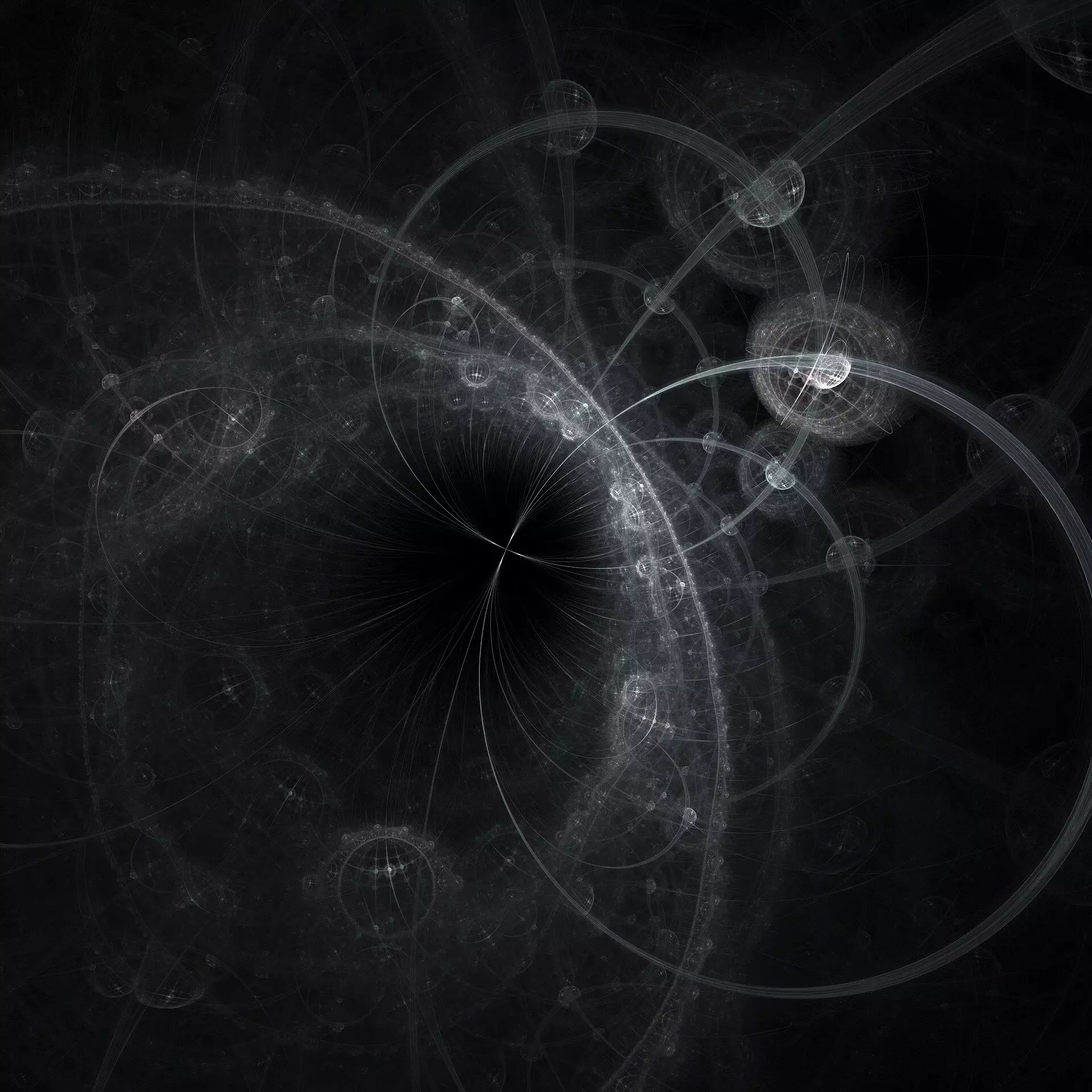The realm of particle physics is an area where even the tiniest discrepancies can lead to monumental discoveries—altering our understanding of the fundamental forces that govern the universe. Recently, scientists at CERN achieved a significant milestone with the NA62 collaboration, marking the first experimental observation of an ultra-rare decay process involving charged kaons. By identifying the specific decay of a charged kaon (K+) into a charged pion (π+) and a neutrino-antineutrino pair, researchers have opened a compelling new avenue for exploring physics beyond the Standard Model (SM). This groundbreaking work not only sheds light on the complexities of particle interactions but also raises provocative questions about the nature of matter itself.
The discovery associated with the decay process K+ → π+ + ν + ν̄ is particularly notable due to its rarity. The Standard Model suggests that such an occurrence would happen in less than one in every ten billion kaons. Despite this slim probability, the NA62 experiment, meticulously designed and executed, has successfully detected this infrequent event. The experimental effort is not merely a reflection of advanced technology; it epitomizes the collaborative dedication of numerous scientists working over several years. According to Cristina Lazzeroni, a Particle Physics professor at the University of Birmingham, this finding represents the rarest decay process established at a significant level of confidence. The level of collaboration and teamwork showcased is commendable, reflecting an introspective journey of scientific inquiry powered by collective ambition.
Kaons were produced using a high-intensity proton beam from CERN’s Super Proton Synchrotron (SPS). This process involves colliding protons with a stationary target, generating a beam of secondary particles many times more intense than conventional setups—approximately a billion particles per second. With fewer than 6% of these particles being charged kaons, the NA62 detector meticulously tracked and recorded the decay events of interest, while neutrinos manifested as missing energy in the observations. The systematic upgrades in detector technology during 2021-2022 led to increased beam intensity and more effective background suppression techniques, enabling scientists to gather data at unprecedented levels.
A Testament to Dedication and Expertise
The research findings crystallized a decade-long effort by a formidable group of scientists, including rising talents nurtured through mentorship programs. Professor Giuseppe Ruggiero remarked on the journey starting from optimistic aspirations to a confirmed breakthrough. The emphasis on cultivating future scientists, especially early-career researchers, ensures a steady flow of fresh ideas and perspectives—elements critical for innovation in scientific research. Professor Evgueni Goudzovski’s acknowledgment of the contributions of former Birmingham Ph.D. students speaks volumes about the collaborative spirit that permeates the NA62 endeavor.
Implications for Beyond the Standard Model Physics
The examination of the K+ → π+ + ν + ν̄ decay serves as a sensitive probe for discovering new physics phenomena. Current measurements indicate that this decay occurs with a frequency of about 13 in 100 billion kaons, a figure slightly exceeding standard predictions by approximately 50%. While this increment could signal the existence of unknown particles that enhance this particular decay pathway, more exhaustive data will be essential for substantiating such claims. As the NA62 experiment continues its data collection, the prospect of confirming or refuting the presence of new physics looms tantalizingly on the horizon.
The recent accomplishments of the NA62 collaboration represent a striking leap towards deciphering the complexities of particle interactions and the fundamental nature of reality. With the detection of the ultra-rare decay process, scientists eagerly anticipate what further insights might emerge from ongoing investigations. As researchers commit themselves to exploring these rare events, they are not merely compatible with the established standards of particle physics; they forge new pathways into the unknown, underscoring the notion that the universe still holds profound secrets waiting to be unveiled. The journey has only just begun, inviting new inquisitions and promising endless possibilities in the quest for knowledge.

